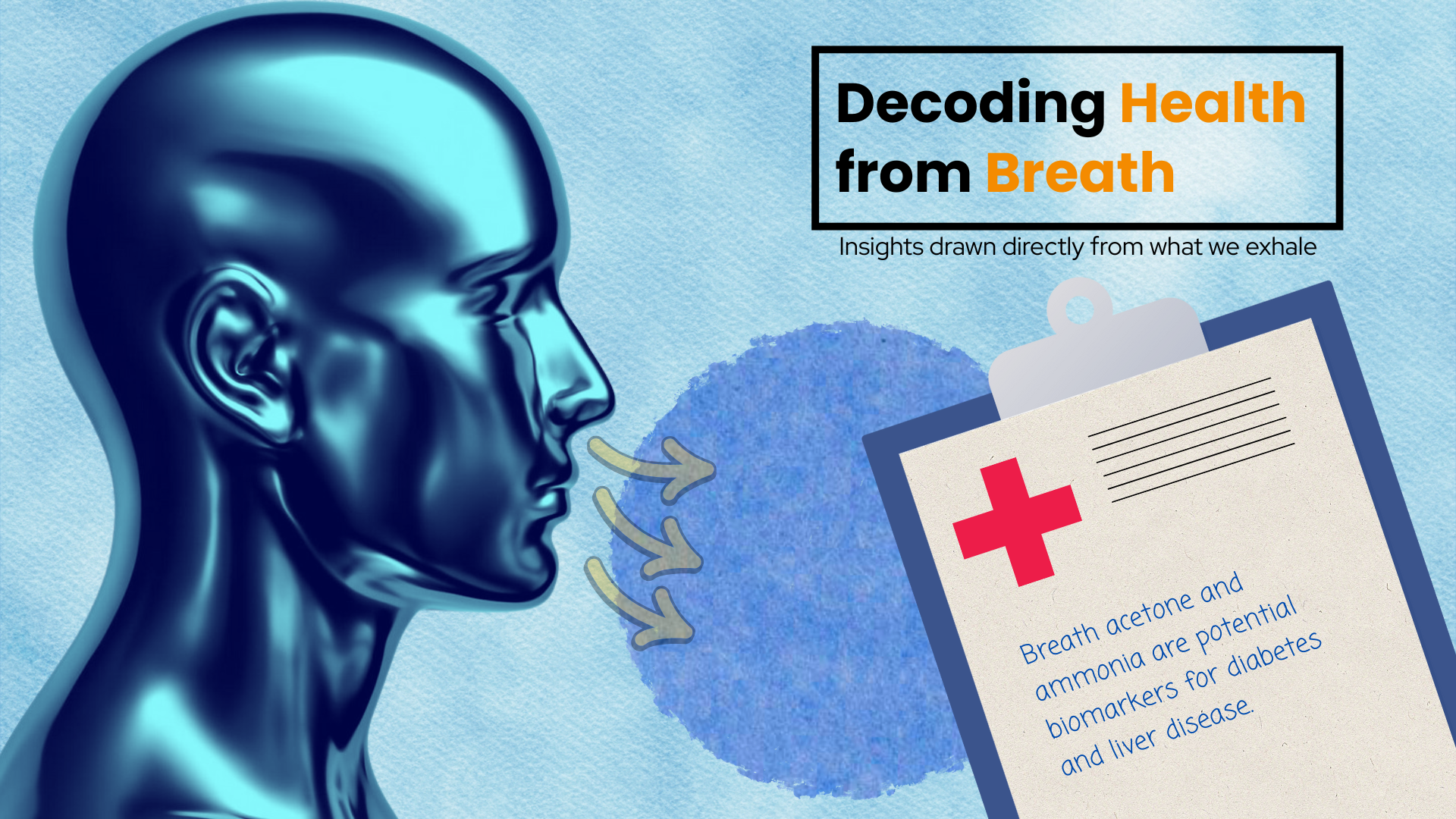
So you think the human body is symmetrical? Everything is beautiful about the human body. If you cut it vertically down, from the top of the head, till the bottom of the feet, you get two symmetrical halves, don’t you?
Think again. Look inside. Look deep inside.
Inside our body, everything’s a mess. With the heart on one side, the clumsy lungs, the intestines crammed at the bottom, the liver, the kidneys…
We are a complete mess.
And yet, there is beauty in this asymmetry. Take the structure of the lungs. The right lung is larger than the left lung. This is of course to accommodate the heart. But this unevenness is seen throughout the structure of the lungs, even down to the airway bifurcation units. This asymmetry has been suggested to have a functional importance.
Thus, in this study conducted by Mr. Debjit Kundu and Prof. Mahesh V. Panchagnula from the Department of Applied Mechanics, Indian Institute of Technology Madras, Chennai, India, for the first time, the role of lung asymmetry on the functionality and performance of the lungs has been studied.
The primary function of the lung is to aid in gas exchange between the atmospheric or outside air and the blood in what is known as the acinus (the region of the lung supplied with air from one of the terminal bronchioles). Bronchioles are the branches of the lung which supply air.
There is a secondary function of the lungs. The air we inhale contains several impurities such as smoke, dust, and aerosols. These could lead to many health hazards if they go deep into the lung. So, the secondary function of the lung is to remove these harmful substances from itself, and the body.
However, the lung does not have a proper defence mechanism against impurities. There is no mechanism to prevent the impurities from entering into the body, and eventually inside the lungs. So the defence mechanisms of the lungs are activated only after the impurities have settled on the walls of the lungs.
In this study, the authors have developed mathematical models of realistic bronchial trees to explore the structure-function relationship of the lungs. The mathematical models show that the natural asymmetry of the lungs optimizes a lesser-discussed secondary function of the lung, namely, aerosol filtration – while sacrificing some of the primary functional efficiency. The immunological system of the body gets rid of the impurities that settle in the lungs. Therefore, nature emphasizes risk-elimination first, and then efficient performance. There is no point in optimizing the lung if its host does not have a long, healthy life.
This work is an initial step towards more systematic studies on bronchial asymmetry. A potential application of this work is to understand the acinar ramifications of diseased lung condition as well as inter-subject variability. The modelling efforts of this study could be a key factor in developing efficient and personalized drug delivery systems in the future.
Dr. Alladi Mohan, Dean, Professor (Senior Grade) and Head, Department of Medicine, Chief, Division of Pulmonary and Critical Care Medicine, Sri Venkateswara Institute of Medical Sciences, Tirupati, Andhra Pradesh, India, gave his analysis and appreciation of the work done by the authors with the following comments: “The intriguing arborization of the airways and the accompanying neurovascular bundle in the human lung has been a subject of research. In this paper, Kundu and Panchagnula have attempted to build morphometric parameter-based mathematical models of the bronchial tree to explore the structure-function relationship. Their observations suggest that deposition of inhaled foreign particles in the non-terminal airways is enhanced by asymmetry and the optimal value of asymmetry for maximum particle filtration is within 10% of the experimentally measured value in human lungs. Based on the observations from their model, Kundu and Panchagnula postulate that this structural property of the lung aids in self-defence against pathogen laden aerosols. These observations open up a new evolutionary point of view and also the key therapeutic potential for designing drugs and drug delivery systems.”
Article by Akshay Anantharaman
Click here for the original link to the paper











